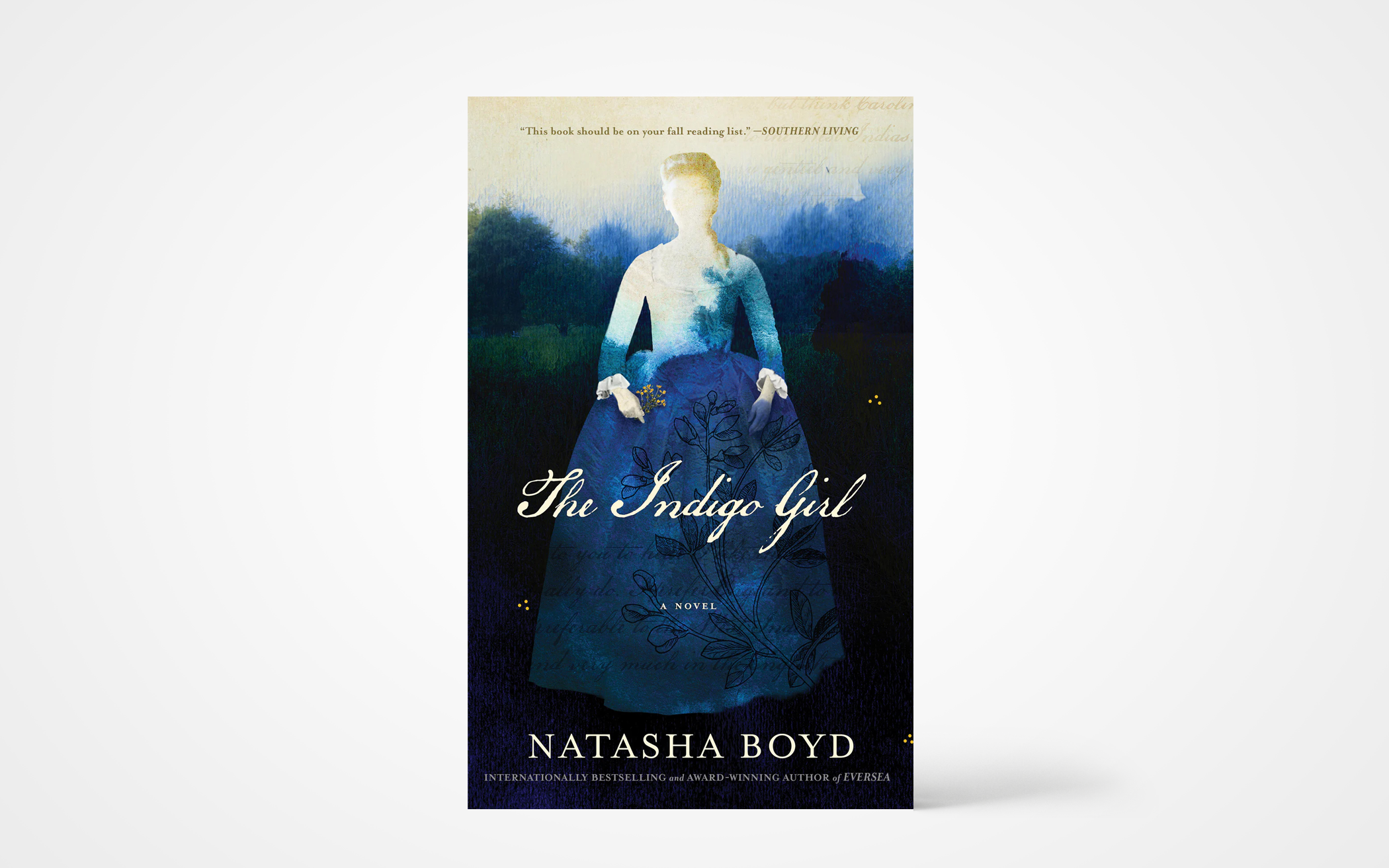When 16-year-old Eliza Lucas’s father leaves his South Carolina plantations in 1739 to pursue military ambitions, he does something incredibly unusual: he puts his daughter in charge.
And Eliza has ambitions of her own. She wants to make indigo—an idea scoffed at by some because not only can the crop be difficult to grow, but the process of turning the plants into indigo dye is demanding, with a short window of time to do it, and, most importantly, mysterious. While she can get seeds and advice from friendly acquaintances, the magic of creating the indigo eludes her, and she must try to make friends with those in the know—mostly certain enslaved people living and working on her plantation.
This isn’t as easy as she hopes it will be, and Eliza finds herself fighting blockades put up by the deep challenges of sexism and slavery over and over again. She bemoans the lack of respect she gets from all corners due to her sex and, to a lesser extent, age. She bemoans slavery, wishing she could run her plantation without it and wishing the walls between herself and the enslaved people she works with could be brought down.
Meanwhile, Eliza’s father has sent a man who knows how to make indigo to help her. He brings a slave, who turns out to be Eliza’s best friend from when they both lived in India.
These dynamics are complicated and deep, and author Natasha Boyd treats them deftly and with care. The people of color in this story are neither sycophantic followers nor simply rebellious fighters, but they are complicated humans with their mix of longings, goals, and agency.
So, too, are the white people in Eliza’s social sphere. She isn’t only trying to get an indigo crop going, after all. As though she were in a Jane Austen novel (and, since it’s the early 1700s, that’s not too far off), Eliza’s mother has one goal: marrying her off. She cares nothing for Eliza’s indigo goals, though Eliza feels certain it will save their dwindling fortunes. And so another complication is added to the mix.
Along the way, the reader gets to know Eliza’s heart. This is not a “Christian” book, yet we read in Eliza’s journal her desire to walk closer to God, not just wanting to do right but that her heart would be right. Her Christian faith is a visibly active part of her motivations and opinions.
The Indigo Girl is based on the true story of Eliza Lucas Pinckney. It is astonishing what a 16-year-old girl in the 1700s managed to do considering all she was up against. And in the years following the struggles outlined in the book, she would be heralded for her tenacity, among other things, and what it (and indigo) did for South Carolina, and later, for the United States of America. (Blackstone Publishing)
About the Author
Sarah Heth Sundt is the associate editor of The Banner. She is a member of Calvary on 8th in Holland, Mich.

